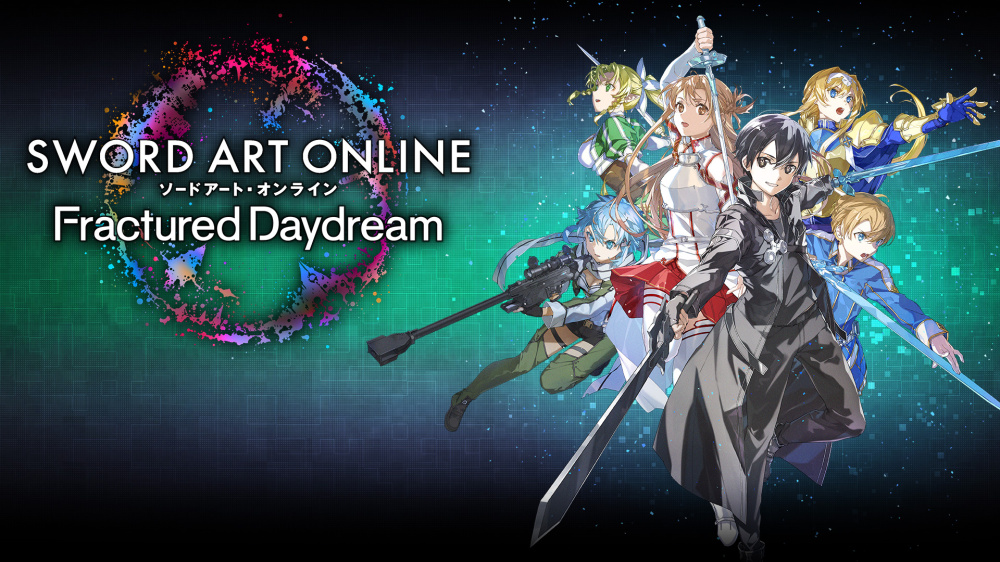In a standout year brimming with exceptional remakes, including Persona 3 Reload and Paper Mario: The Thousand-Year Door, it’s remarkable that Dragon Quest III HD-2D Remake still manages to leave a profound impression. What makes this version shine isn’t a radical departure from its 1988 NES roots, unlike the FFVII Remake and Rebirth. Instead, it impeccably balances staying true to its origins while incorporating modern enhancements and stunning visuals, making it a joy to explore its rich world. Dragon Quest III is a cornerstone of the RPG genre, and this revitalized version clearly demonstrates its timeless appeal.
The HD-2D Remake stays loyal to the original Dragon Quest III experience, proving how well its foundational design has stood the test of time, even in 2024. It’s pure JRPG goodness: strategic turn-based battles, atmospheric dungeons brimming with monsters and loot, and a straightforward narrative of good versus evil that encourages your imagination to fill in the gaps. While it evokes a sense of nostalgia for classic gaming days, it shows it can still hold its own against contemporary RPGs.
Despite its retro roots, the game feels fresh, thanks to its overhauled graphics. The HD-2D style, pioneered by games like Octopath Traveler, pairs spectacularly with Dragon Quest. The enemy designs pop with detailed sprites and animations that truly captivate. Akira Toriyama’s iconic style is beautifully captured, and each enemy’s animated actions during battle add an exciting dimension. The towns are a delight, with eye-catching castles and shops that invite exploration, enhanced by intricate details. The dungeons shine with atmospheric lighting from your hero’s lantern, and the expansive overworld feels epic, all accompanied by an orchestral soundtrack that perfectly matches Dragon Quest’s adventurous spirit.
Battle systems and class mechanics are top-notch, complementing the game’s aesthetics. Your team, aside from the fixed Hero role, can be fully personalized with chosen classes, names, and appearances. My team included a Thief, a Priest, and a new Monster Wrangler, which grew stronger by recruiting friendly creatures—a fantastic incentive for exploring. Crafting your hero squad is a blast, and I can’t wait to dive back in with a different lineup to explore more of the available classes. The option to reclass later on, while keeping learned abilities, adds another layer of strategic depth.
On the flip side, due to the focus on mechanical flexibility, party members lack defined personalities, remaining silent and somewhat blank. It mirrors the original but results in a journey more focused on gameplay mechanics than narrative depth or character relationships. While Square Enix’s decision to adhere to this style is understandable, especially considering the game’s roots, it’s hard not to yearn for the dynamic personalities of Dragon Quest XI or the engaging Party Chat features from more recent installments. However, as someone who often favors gameplay systems over intricate narratives, Dragon Quest III’s RPG mechanics remained deeply satisfying.
The battles maintain a fast-paced, challenging rhythm, channeling a pure NES-era RPG experience. Mastery of attacks, healing, and buffs/debuffs is essential against the game’s toughest adversaries. These intense encounters, especially with later bosses, foster creativity and strategic thinking. The consistent flow of random encounters in the overworld and dungeons keeps you engaged, providing necessary experience points and gold to see you through to the end.
If nail-biting battles aren’t your style, fear not; the remake offers impressive flexibility. It features three adjustable difficulty levels, including the forgiving Dracky Quest mode, and numerous ways to customize your adventure. You can speed up battles or savor the animations, and dictate party behaviors, allowing for strategic automation or hands-on control. These options keep the gameplay lively, even with the grind-heavy nature typical of JRPGs.
Grinding for levels is a Dragon Quest staple, rendered entertaining here as usual. Series veterans know the significance of hunting Metal Slimes, rare creatures that yield substantial experience. Discovering their hotspots on the map is thrilling, and the excitement of encountering one is akin to drawing a rare card from a collectible game.
Dragon Quest III’s pace is impeccable, guiding you continually to new discoveries. The wealth of enemy types—over 150—keeps encounters fresh, with little retracing of steps, save for one recurring boss who does overstay their welcome. The remake ensures you’ll never feel lost with tools like the Zoom spell for a quick escape and clear objective markers. These can be turned off for those seeking the classic self-guided experience. This dual approach makes the game more accessible for newcomers while maintaining its original charm for longtime fans.
Though the blend of old and new is largely successful, a few areas could use further refinement. Inventory management can be cumbersome, with each character having individual item access during combat, leading to excessive menu navigation. Similarly, checking equipment impacts on characters could be more intuitive. While I eventually adapted to these quirks, these aspects could have benefited from modern streamlining. Additionally, some enemy designs haven’t aged well, appearing outdated by today’s standards.
Overall, Dragon Quest III HD-2D Remake triumphs in revitalizing a beloved classic, preserving its legacy while inviting modern players to appreciate an essential chapter in RPG history.











![[PS5] Review of Choice of Life: Wild Islands [PS5] Review of Choice of Life: Wild Islands](https://www.streamgamer.net/wp-content/uploads/2025/07/PS5-Review-of-Choice-of-Life-Wild-Islands-360x180.jpg)


































